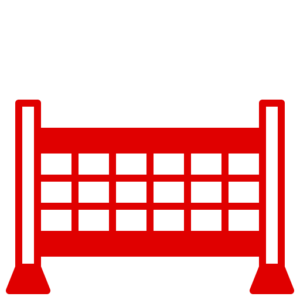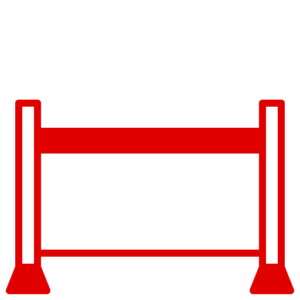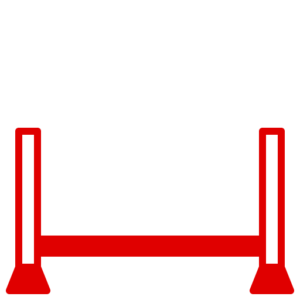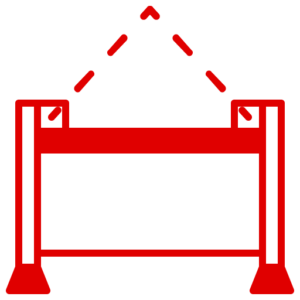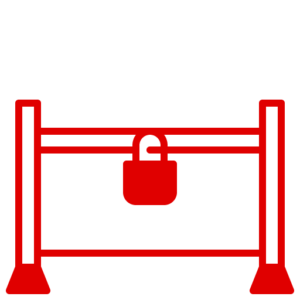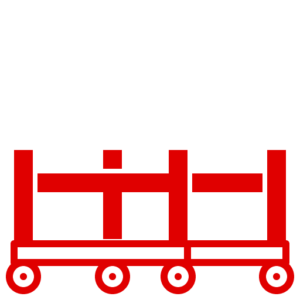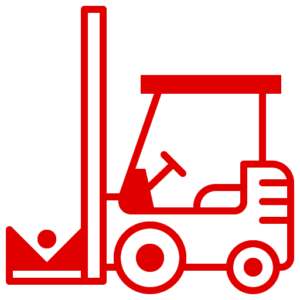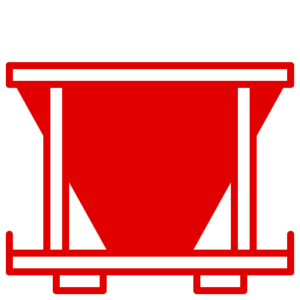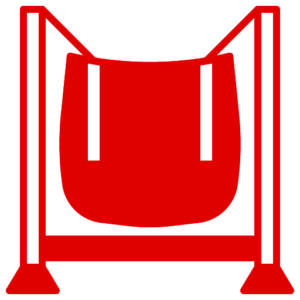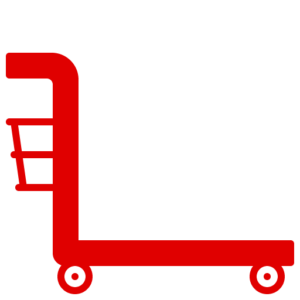News
Stillages Ensuring Stability During Lifting Operations with a LOLER-Guided Approach
When it comes to the use of stillages in lifting operations, the primary focus often rests on the payload’s safe and efficient transportation. However, a crucial aspect that often doesn’t get the attention it deserves is the stability of the stillage during these operations. At Lowe Stillages and Cages, we understand the critical role that stability plays, not just in protecting the load, but also in ensuring the safety of our operators and the integrity of our equipment.
LOLER, the Lifting Operations and Lifting Equipment Regulations, is a UK standard that provides detailed guidance on safe lifting practices, including the stability of stillages. Following these guidelines, we have compiled five key points to ensure stability in your operations.
Proper Load Distribution
The distribution of the load within the stillage directly impacts its stability. For optimal balance, the load should be positioned considering its centre of gravity and weight distribution. An uneven load can result in tipping or instability during lifting operations, posing significant safety risks.
Secure Attachment
A stable lifting operation starts with a secure attachment of the stillage to the lifting equipment. It’s essential to engage the lifting device’s hooks, clamps, or forks securely into the designated attachment points on the stillage. A secure connection minimises the risk of dislodging or tipping during the lift.
Appropriate Lifting Techniques
Another key to stability lies in the techniques employed by the operators. Training in proper lifting techniques is essential to ensure slow, controlled lifting operations. Sudden movements or jerks can destabilise the stillage and pose safety hazards.
Consider Stacking Heights
Stacking stillages requires careful consideration of their heights. Excessive stacking can compromise stability, especially if the stillages are not designed or approved for higher stacking heights. Following recommended stacking guidelines ensures the stack remains stable during lifting and transportation.
Regular Inspection and Maintenance
Finally, regular inspections and maintenance of the stillages are a must. Any signs of wear, damage, or structural integrity issues should be addressed promptly with repairs or replacements. This helps maintain stability during lifting operations and ensures longevity of your equipment.
By following these points, you can ensure the stability of stillages during lifting operations in accordance with LOLER regulations. Remember, at Lowe Stillages and Cages, our aim is to promote a culture of safety and adherence to best practices for stable and secure lifting operations. It’s not just about getting the job done; it’s about doing it right.

